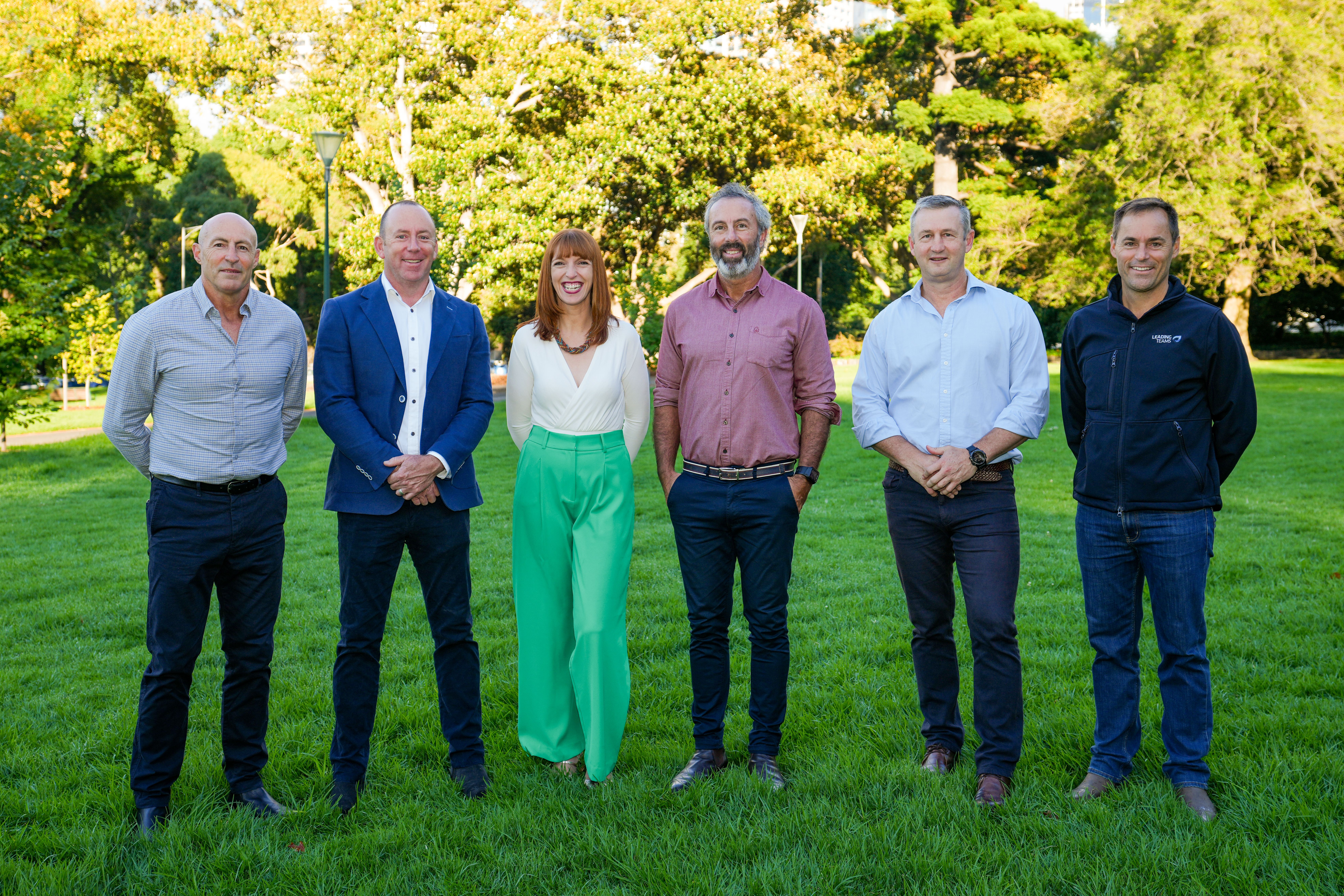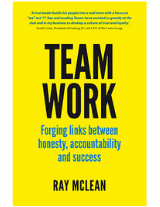High performance teams are the standard to which every business aims to meet. By definition, these teams are made up of highly focused, highly skilled and hyper-aligned employees. If you can achieve the status of a high performance team, business success is basically a guaranteed outcome.
This definition might conjure images of robotic-like workers, an office full of employees that have time for nothing other than the task at hand – but that’s not the case.
What do high performance teams look like?
Obviously, every team will have its own nuances but, by and large, all high performance teams have three commonalities:
1. An absolute clarity of purpose
People can’t work at their highest standard if they are unsure of what they are working towards. Organisations with truly high performing teams have a crystal clear purpose on an organisational level as well as by department and even down to the individual.
Organisations with truly high-performing teams have a crystal clear purpose.
When you can set clear objectives for your Australian business and aptly communicate what role each of your teams and employees plays in this process you set up a clear pathway to success for every one of your goals. This ensures that you are achieving business outcomes of all sizes with optimal efficiency.
2. Strong behavioural frameworks
If you’re not actively shaping the business behaviours of your team members you’re actively neglecting a key component of any high performing team. Behaviours drive everything we do – good and bad. When it comes to business we need to be actively moulding our actions to align with success.
Behavioural frameworks are essentially agreements you make as a team around the behaviours you will or won’t accept. In high performance organisations, these desired behaviours drive all business interactions.
For example, if you agree upon honesty as a behaviour in your framework, you will then prioritise being honest with your clients and your peers above most other things. The wider the gap between your desired behaviours and your actual behaviours, the farther you are from high performance.
3. Genuine relationships and communication
There is no such thing as a high performance team without strong relationships and genuine communication. The two attributes are closely linked. The ability to have genuine conversations is what builds strong relationships, and the stronger your relationships the more genuine your communication will become.
There is no such thing as a high performance team without strong relationships.
These traits are critical for high performance teams because without honest communication and the relationships that follow, it becomes near impossible to fix inconsistencies in performance. You want a team of people that have strong enough relationships to talk openly and honestly about wins, losses, areas of improvements and beyond without fear of hurt feelings or animosity.
How can you build a high performance team?
So you know the characteristics of a high performing team but what does it take to actually build up these traits?
1. Building your leadership skills
The process must begin with leadership development. You need to invest in training yourself so that you understand what skills and processes are required to lead a team to high performance.
2. Team alignment
Once you are confident in your skills, bring your team on board. Sit them down and agree on a behavioural framework for your organisation. What traits do you want to emulate? What work will this require from each of your members? The process of creating, implementing and revising these behaviours will require lots of honest conversations but this is how you align your team to become high performers.
Leading Teams has been helping Australian organisations reach their high performance potential for over two decades.
3. Culture change through influence
Slowly, and with commitment from your whole team, these behaviours can become ingrained into the DNA of your business – otherwise known as your culture. However, as a leader, you will need to commit to holding your team members accountable for their successes and failures on your journey to high performance. This feedback will not only help realign your team members but display your commitment to a high performance model.
Leading Teams has been helping Australian organisations reach their high performance potential for over two decades. To learn more about how to develop and maintain high performance in your team, give us a call on 03 9654 3744.
Tim joined Leading Teams in 2012 after experiencing our program as a client. Tim is a facilitator based in Northern NSW.
Learn more Tim Ferguson.




